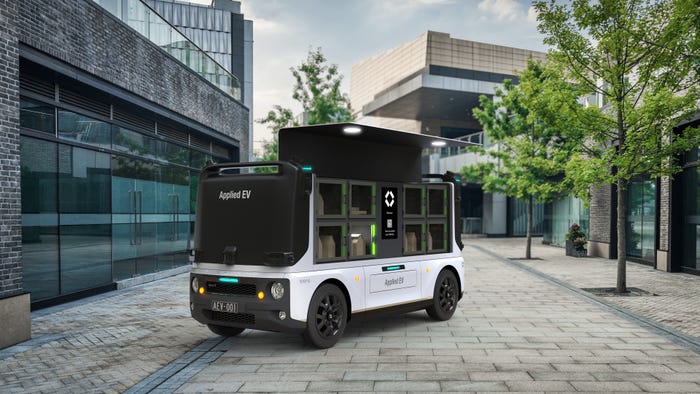Bringing the IoT to Rural America
Long-range radio networks and IoT are about to define the new age of rural electric cooperatives in the United States.
June 7, 2017

By Randolph Wheatley
If there’s one pervasive characteristic among our nation’s rural electric cooperatives, it’s this: progress.
From 1935, when President Franklin Roosevelt helped establish the Rural Electrification Administration (REA) to 2017, generations of rural residents have witnessed massive changes that electricity, ingenuity and technology have brought to their farms and front porches.
Today, the internet of things (IoT), which allows devices to communicate directly with each other, delivers a wealth of benefits that will once again significantly change the way electric cooperatives serve their communities.
The right time for the right network
What is the best way to capture the benefits of IoT? It all starts with the right network. While power line communication (PLC) networks have been in use for some time, their efficacy is limited to automated meter reading (AMR).
Mesh networks have proven viable in urban settings, but they’re an expensive proposition that requires significant infrastructure and blended technology to cover rural areas. More to the point, we’ve moved beyond metering to new, intelligent sensors that require a more robust communication vehicle: a long-range radio (LRR) network.
These smart sensors, which cooperatives can place virtually anywhere, are driving the adoption of IoT. IHS forecasts that the smart grid sensor market, on its own, will account for 75% of the total sensor market by 2021. The core mission of these sensors is to collect and share data that helps deliver greater operational efficiency and customer satisfaction through analytics.
With a long-range radio network backbone, IoT can be the next game changer for electric cooperatives.
Infrastructure and cost
LRR networks can cover up to 50 miles between base stations, depending on the vendor. The technology typically covers the same area as low-power solutions at 10% of the infrastructure cost.
Installation
LRR relies on hardened, enclosed base transceiver stations (BTS) that typically mount on substations or communication towers, instead of telephone poles. One of the benefits is that in the event of a major storm, staff can focus on power restoration rather than worry about the network infrastructure.
Bandwidth
PLC uses potential transformer (PT) meters, which have high impedances and can introduce noise signals. Mesh can be used in more populated areas, but cannot economically provide the same level of service or redundancy in rural locations.
LRR, however, offers secure, licensed bandwidth that ensures transmission speeds of up to 300 kbps. This is an important consideration given that most electric meters are read up to four times per hour, and IoT is expected to increase network traffic exponentially.
Firmware upgrades
It is not possible to effectively download firmware to end points with a PLC system. Over-the-air (OTA) firmware upgrades are possible — and easy — with long-range radio networks. Faster upgrades equal better customer service and less downtime.
Security
Hacking concerns continue to proliferate across the IoT ecosystem. LRR employs AES-256-bit encryption and supports password complexity. Rest assured that your co-op can confidently control who has access to the grid and who doesn’t.
Real-time restoration
In rural settings, travel times during restoration efforts can be long. LRR provides real-time outage and restoration information — without looking through a windshield.
LRR technology will usher in the newest chapter in our nation’s rural electric cooperatives. The distribution system will be more reliable. The data will be more secure. And the legacy will live on.
President Roosevelt would have been proud.
You May Also Like






